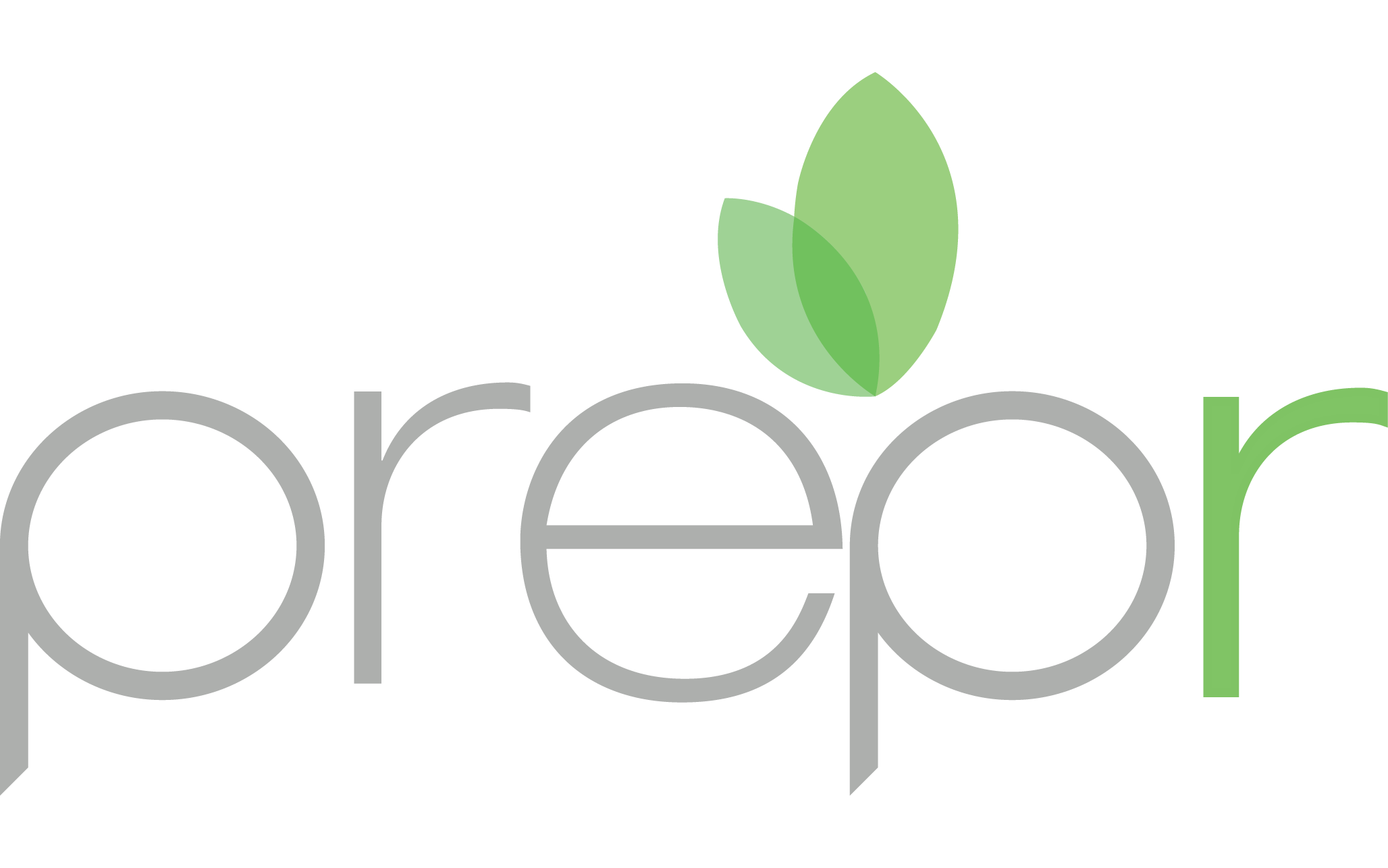WHAT IS BLOCKCHAIN?
Blockchain, in simple terms is a way to structure and share data. It is a peer to peer system with no central authority that allows the free flow of data. Blockchain stores information on a network of personal computers, making them not just decentralized but distributed. No central company or person controls or owns the system, meaning the information stored cannot be changed or altered by a single entity. The people who run the blockchain use their computers to store bundles of records submitted by others known as “blocks”. The blocks are then stored in chronological order creating a “chain of blocks” or Blockchain. The blockchain uses a form of math known as cryptography to ensure none of the information or data can be counterfeited or changed by anyone.
BITCOIN
The innovation comes from incorporating old technologies in new ways. The first innovation for blockchain came almost 10 years ago with the creation of the cryptocurrency Bitcoin. It was created as a way to hold currency, and make payments safely easily without sharing personal data with a central entity. In other terms, a way to hold or send value without banks or governments taking a fee or even knowing about the transaction. This is all made possible through blockchain technology and the decentralization of data. Instead or a bank or financial institute validating your transfer, it is approved by those who are apart of the blockchain through their own computers. Bitcoin uses the blockchain by tracking records ownership of the digital cash so only one person can be the owner at a time, and the cash can’t be spent twice (like counterfeit money in the physical world can). Bitcoin is now hovering between $10- $20 billion market cap and is used by millions to pay for payments.
Bitcoins success was just the first step in realizing that the blockchain technology can be separated from cryptocurrency and actually used for all types of inter organizational cooperation, and just about every sector of modern digital life. The innovation of blockchain and where it is today is completely changing our online landscape and changing how businesses interact both internally and externally.
BLOCKCHAIN CHANGING SUPPLY CHAINS
Acting as a digital ledger, blockchain can be used for any types of agreements, tracking, exchange or contracts, and is extremely transparent, efficient and scalable. Blockchain, basically can increase the efficiency and transparency of supply chains and have a positive impact on everything from warehousing to delivery and payment. Since blockchain allows you to transfer money anywhere in the world without a central bank, using it is very convenient for companies that have large, globalized supply chains.
- Blockchain technology can store records and all relevant information simultaneously and securely, from sender, receiver, shipper and regulators.
- With blockchain records that reflect a product’s geographic flow and how it was treated, you can examine sources, investigate industry certifications, track restricted or dangerous components, discover storage condition anomalies and more
- Delays involving weather, labor disputes, or error are inevitable; blockchain-optimized processes help to resolve real-world issues. Knowing that a shipment is incomplete or at risk can instantly trigger remediation actions like supplier substitutions or price adjustments—before a crisis emerges
COMPANIES CURRENTLY USING BLOCKCHAIN:
- Australian vehicle company Tomcar pays its suppliers with cryptocurrencies via blockchain.
- It’s necessary in the food industry to have extremely well kept records to trace each product to the source. Companies like Walmart, Nestle, Unilever, Tyson all use blockchain to monitor their items or resources. Walmart, for example, uses it to track pork from China.
- The world’s largest mining company, BHP Billiton uses blockchain to record data throughout the mining process with its supply and vendors.
- De Beers diamonds uses blockchain for the same purpose, to track diamonds from when they are mined to when and where they are sold.
This is a short list and it is growing as the technology involved gets stronger, faster and more innovative. As we can see, blockchain represents many opportunities and is the backbone to a new digital way of conducting business, transferring information and paying for goods and services. Already blockchain and cryptocurrencies are representing an opportunity in the developing world to help improve life the life in these low income countries.
WALA
South African startup called Wala is using blockchain and cryptocurrencies to help people all over the continent make payments and transfer money without paying the high fee of the bank. Advertised as “the first zero-fee money app”, Wala administers roughly 6,300 transactions a day, most of them being under $1. They now have over 100,000 merchants offering goods and services creating a small scale “circular economy”. A representative from Wala describes:
“They can buy airtime, data, pay their electricity bills or their kids’ school fees…Not only can they do it in their country, but they can do it across 10 markets. So if you are in South Africa and your mom lives in Zimbabwe, you can buy her airtime or pay for her electricity.” The scope expands much further than just transferring money, but can apply to loans for farmers, startup funds, community initiatives and technological investments.
THE BLOCKCHAIN CHALLENGE
Wala is just one example of how blockchain is benefiting the lives of many people, and especially of those in developing countries. Blockchain continues to change how we operate in modern global business and how startups, innovation and entrepreneurship can can all be enhanced by this disruptive technology. At Prepr, we are all about embracing change and innovation, and challenge you to build on existing innovations. Find out how Prepr and the PIE kit can help you solve real world problems.









